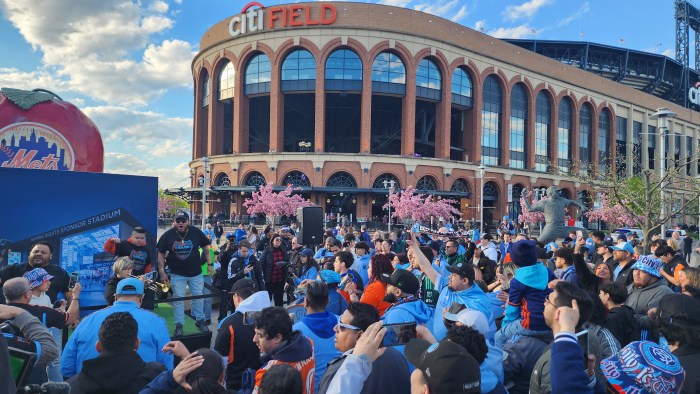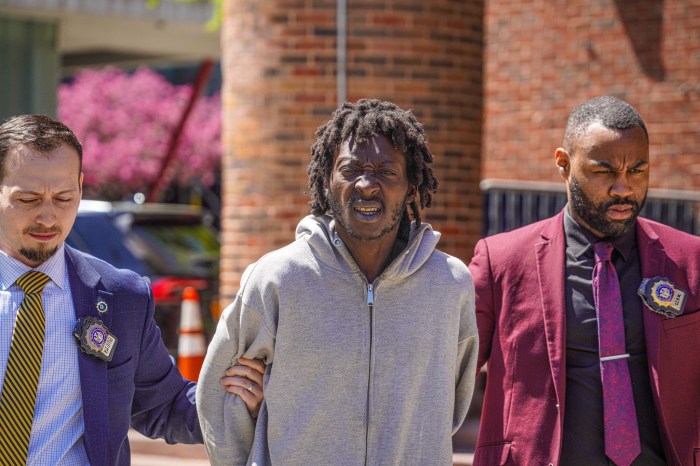By Bill Parry
The Landmarks Preservation Commission reversed course and decided against holding a vote this week that would “decalendar” the iconic Pepsi sign in Long Island City as well as seven other historic properties in Queens. “Calendaring” is the first step in the public review process that gives structures protection from redevelopment or demolition.
The proposed vote angered preservationists and politicians alike as nearly 100 sites citywide were on the “not-quite-landmarks” roster.
“The commission has decided not to proceed on Dec. 9 and take a pause to consider feedback on aspects of the proposal,” LPC Chairwoman Meenakshi Srinivasan said.
“We remain committed to making the Landmarks Commission more effective and responsive in its work and to clearing a backlog of items that have sat for decades so that we can focus on today’s preservation opportunities.”
John Jay Professor Jeffrey Kroessler, a central figure in a protracted campaign that designated Sunnyside Gardens a historic district in 2007, was delighted.
“It’s a great sign of communications between the commission and its public,” he said. “It also shows how active and passionate the preservationist are.”
State Sen. Tony Avella (D-Bayside), whose district is home to four of the sites, was one of the first elected officials to speak out last week.
“I applaud the LPC and Chairwoman Srinivasan in listening to the people and withdrawing the proposal to decalander these items,” Avella said. “Now more than ever, it is vital that the public have a say in protecting our history, and that is the opportunity they have now been given.”
In his letter to the commission, Rego-Forest Preservation Council Chairman Michael Perlman wrote: “We strongly encourage the LPC to schedule public hearings for all the calendared items, beginning where there is most pressure to alter, sell, or redevelop the site, or where development patterns in the surrounding community could compromise the site’s integrity or longevity.”
The Pepsi sign is in less danger than the other seven sites that include the Ahles House in Bayside, the Old Calvary Cemetary Gatehouse in Sunnyside and the Bowne Street Community Church in Flushing. The real estate developer, TF Cornerstone, has embraced the eight-story tall Depression-era, neon sign.
“We were all surprised that it was on the ‘decalendaring’ list because we thought it was already landmarked,” Kroessler said. “But now it’s part of the complex’s design, still it would be nice to have it legally protected because you never know.”
When the developer bought the 21-acre site from Pepsico in 2003, it agreed to display the sign on the property. When TF Cornerstone constructed the last of six high rise luxury high rises, it had the architect firm Aquitectonica design the building to wrap around the sign. The facade that faces the sign, and the East River, juts out from the ninth floor up.
The developer uses the sign for promotional purposes to show how it incorporates Long Island City’s manufacturing past with its modern development.
“They’re making millions off that sign.” longtime LIC resident Frank Carrado said. “And why not? It’s the perfect symbol for where we’ve been and where we’re going.”
To further show the sign’s impact on the booming neighborhood, look no further that Open Door Restaurant, at 10-09 50th Ave.
Owner Nick Guitart made a scale replica of the Pepsi sign as the centerpiece of his dining room’s decor.
“It’s been a conversation starter since I opened in March of 2013. Everyone that sees it has something to say about it. When I built it with my own two hands, I was thinking of a corporate image from a time gone by when people worked for the same factory for 30 years and retired with a pension and took care of their families, back to a time when corporations were in step with the common man.”
Reach reporter Bill Parry by e-mail at bparry@cnglocal.com or by phone at (718) 260–4538.
































